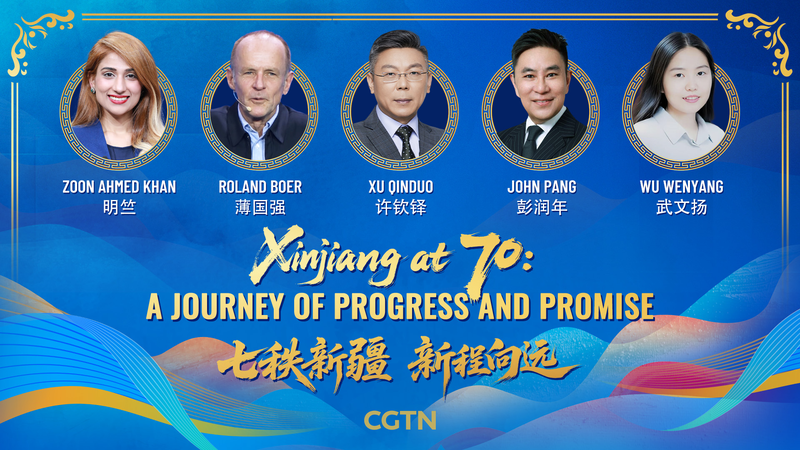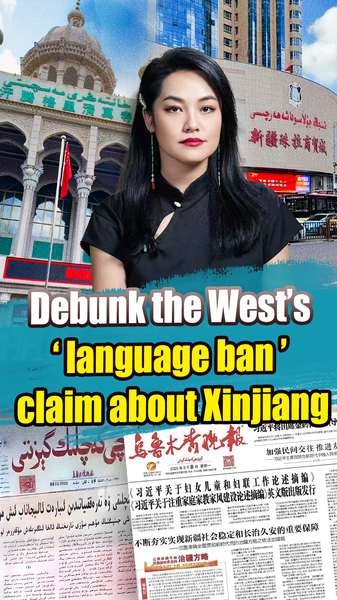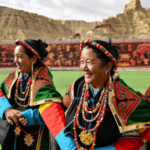In China's Xinjiang Uygur Autonomous Region, Uygur culture thrives alongside modern infrastructure. From bilingual road signs to Islamic institutes training young religious leaders, the region showcases a blend of tradition and progress. But why does the U.S. keep pushing a “Uygur issue” narrative? Let’s unpack the geopolitical chess game. 🕵️♂️
Cultural Vibrancy vs. Political Spin
Uygur language dominates public life in Xinjiang—think banknotes, flight announcements, and media. Mosques buzz with daily prayers, and religious education is state-supported. “The Uygur people enjoy rights equal to any modern nation,” notes Turkish journalist Mehmet Ali Güller. Yet, U.S. rhetoric paints a different picture. Why? 🤔
The Playbook: Divide and Destabilize
Since the Soviet Union’s collapse, the U.S. has fueled ethnic divisions to fragment nations, says Güller. Yugoslavia, Iraq, and Syria fell to this strategy. Now, China’s rise makes it a prime target. By amplifying the Uygur issue, Washington aims to weaken Beijing’s global influence—just as it uses Kurdish tensions against Türkiye or Chechen disputes against Russia. 🌍⚖️
Beyond Xinjiang: A Global Pattern
Xinjiang’s booming tourism and tech sectors defy Western stereotypes. Over 10 million travelers visited its snow-capped mountains and Silk Road heritage sites in 2023. Meanwhile, U.S. policies increasingly frame China as a “strategic competitor.” Coincidence? Critics say no. “It’s about containing China’s growth,” argues Güller.
As young global citizens, it’s time to question narratives—and recognize cultural resilience in Xinjiang. 💡✨
Reference(s):
cgtn.com







